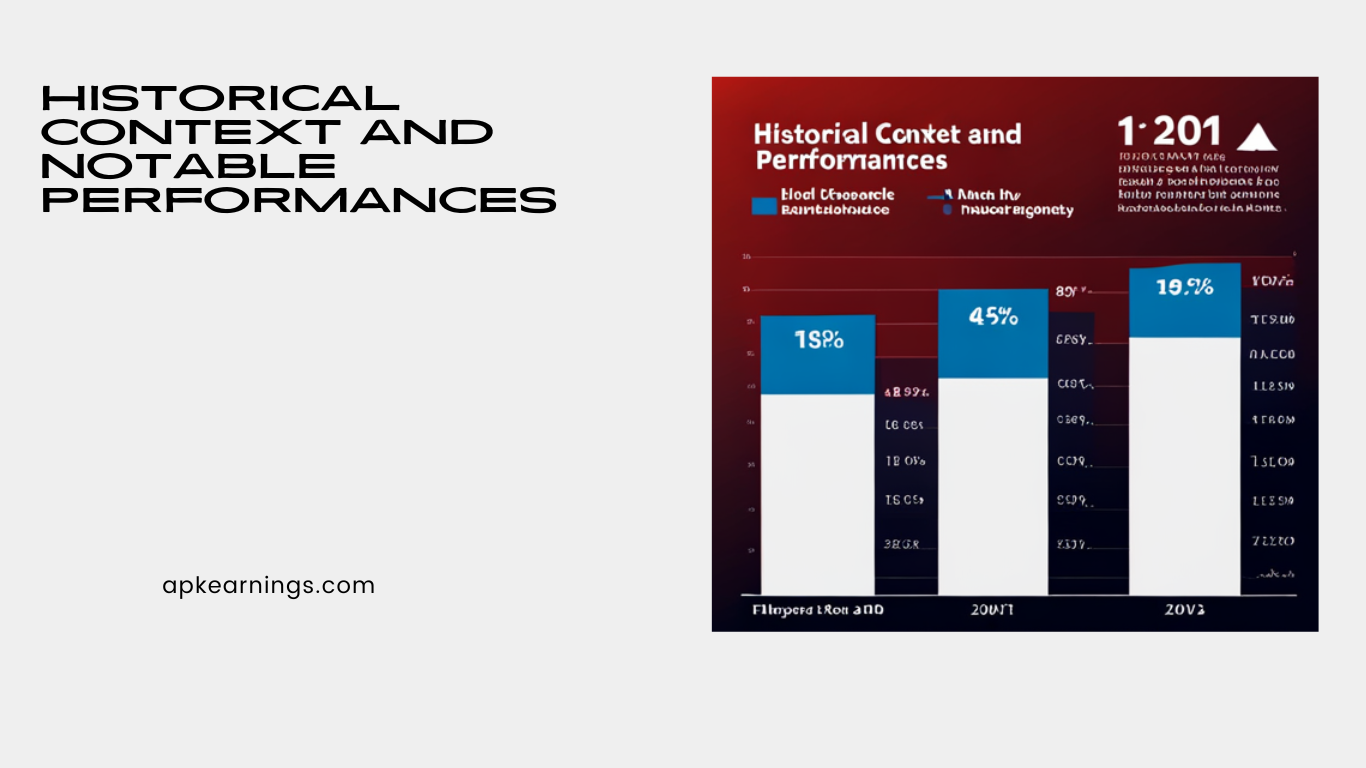Earned Run Average in the realm of baseball statistics, one metric stands out as a testament to a pitcher’s skill and consistency: Earned Run Average (ERA). This fundamental statistic provides invaluable insights into a pitcher’s performance, serving as a crucial benchmark for evaluating their effectiveness on the field. In this article, we will unravel the complexities of ERA, exploring its calculation, significance, and historical context.
What is Earned Run Average?
At its core, Earned Run Average (ERA) is a measure of a pitcher’s effectiveness in preventing runs. It is calculated by taking the total number of earned runs (runs scored without the aid of errors or passed balls) allowed by a pitcher, multiplying the result by nine, and then dividing it by the total number of innings pitched. The formula is as follows:
���=Total Earned Runs×9Total Innings
The Significance of ERA
- Pitcher Consistency: A low ERA indicates that a pitcher consistently prevents opponents from scoring, reflecting their reliability and skill on the mound.
- Team Performance: ERA influences team strategy and overall performance. Teams with pitchers boasting low ERAs tend to have stronger win-loss records, underscoring the metric’s impact on the game’s outcome.
- Comparative Analysis: ERA allows for the comparison of pitchers across different eras, providing a historical perspective on the evolution of pitching prowess.
Factors Influencing ERA
- Pitching Style: Different pitching styles, such as power pitching or finesse pitching, can influence a pitcher’s ERA. Power pitchers often rely on strikeouts, while finesse pitchers focus on inducing ground balls and pop-ups.
- Ballpark Factors: The dimensions and conditions of a ballpark, including altitude and wind patterns, can significantly affect a pitcher’s ERA. Some ballparks are more hitter-friendly, leading to higher ERAs for pitchers.
- Defensive Support: A strong defense behind a pitcher can prevent errors and improve overall performance. Errors that lead to unearned runs do not impact a pitcher’s ERA.
Historical Context and Notable Performances

ERA has a rich history in baseball, with legendary pitchers leaving an indelible mark on the metric. Iconic figures like Bob Gibson, Sandy Koufax, and Greg Maddux achieved remarkable career ERAs, showcasing their dominance during their respective eras. earned run average.
Challenges and Criticisms
While ERA is a valuable metric, it does have its limitations. It does not account for the quality of opposition faced, making it challenging to compare ERAs across different leagues or time periods. Additionally, unearned runs resulting from errors are not factored into ERA, leading to potential discrepancies in evaluating a pitcher’s true performance. earned run average.
Modern ERA Leaders
In contemporary baseball, pitchers like Clayton Kershaw, Jacob deGrom, and Max Scherzer have consistently maintained low ERAs, earning them accolades and contributing significantly to their teams’ successes.
VII. Advanced ERA Metrics: Exploring Deeper Insights
Beyond traditional ERA, sabermetricians and analysts have developed advanced metrics to provide a more nuanced understanding of a pitcher’s performance. Metrics like Fielding Independent Pitching (FIP) and xFIP consider factors within a pitcher’s control, such as strikeouts, walks, and home earned run average, offering a clearer picture of their effectiveness.
ERA in Pressure Situations: Clutch Performance under the Spotlight
Examining a pitcher’s ERA in high-pressure situations, such as close games or playoff matchups, reveals their ability to maintain composure and deliver in critical moments. Pitchers with exceptional clutch ERAs often become invaluable assets during pivotal games, earning the trust of their teams and fans alike. earned run average.
ERA Records and Milestones: Celebrating Pitching Excellence
Throughout baseball history, pitchers have set remarkable ERA records and achieved significant milestones. Exploring these achievements, from the lowest single-season ERAs to the most consecutive scoreless innings, showcases the extraordinary feats accomplished by legendary hurlers and highlights their impact on the game. earned run average.
ERA and Hall of Fame Candidacy: A Crucial Benchmark
For pitchers aspiring to be enshrined in the Baseball Hall of Fame, a low career ERA often serves as a compelling argument for their candidacy. Many Hall of Fame pitchers boast impressive career ERAs, emphasizing the metric’s role in evaluating a player’s legacy and contribution to the sport’s rich tapestry. earned run average.
ERA and Team Dynamics: Shaping Roster Decisions
Team managers and general managers heavily rely on pitchers’ ERAs when making crucial roster decisions. Whether selecting a starting pitcher for a key game or evaluating potential trade prospects, a pitcher’s ERA serves as a fundamental criterion, guiding decisions that can profoundly impact a team’s season and overall success. earned run average.
ERA’s Impact on Pitcher Contracts and Salaries
In the business side of baseball, a pitcher’s ERA significantly influences contract negotiations and salary determinations. Pitchers with impressive ERAs often command higher salaries, reflecting their market value and the confidence organizations have in their ability to deliver consistent, high-quality performances on the field. earned run average.
ERA and Pitching Strategies: Adapting to Opponents
A pitcher’s ERA doesn’t exist in a vacuum; it adapts and responds to the strategies employed by opponents. Studying ERA trends against specific teams or lineups provides valuable insights into how pitchers adjust their approach based on the strengths and weaknesses of their adversaries. Pitchers who can consistently outmaneuver potent batting lineups and maintain a low ERA against formidable opponents demonstrate exceptional skill and baseball IQ.
ERA and Pitcher Health: Navigating the Challenges

Pitchers’ health and physical condition significantly impact their ERA. Injuries or fatigue can lead to fluctuations in performance, affecting a pitcher’s ability to maintain a low ERA. Sports scientists and medical professionals closely monitor pitchers, employing cutting-edge techniques to optimize their physical well-being. Understanding the correlation between a pitcher’s health and their ERA is crucial for teams aiming for long-term success. earned run average.
ERA’s Role in Fan Engagement: Fuelling the Passion
For fans, ERA serves as a captivating statistic that fuels debates, discussions, and rivalries. Tracking a favorite pitcher’s ERA or comparing ERAs across teams sparks enthusiasm and passion, fostering a sense of belonging among fans. It gives them a statistical language to appreciate the brilliance of their team’s pitchers and engage in friendly banter with rival supporters, enhancing the overall fan experience. earned run average.
ERA and Youth Development: Inspiring Future Pitchers
In youth baseball programs, teaching the significance of ERA instills valuable lessons about discipline, focus, and teamwork. Young pitchers aspire to achieve low ERAs, motivating them to hone their skills and learn the nuances of the game. Coaches use ERA as a tool to nurture talent, emphasizing the importance of mental resilience and technical precision in the pursuit of pitching excellence.
ERA’s Influence on Fantasy Baseball: Strategic Decision-Making
In the realm of fantasy baseball, earned run average. ERA is a pivotal statistic that influences drafting, trading, and lineup decisions. Fantasy baseball enthusiasts meticulously analyze pitchers’ ERAs to assemble competitive teams, making strategic choices to maximize their chances of success. A pitcher’s ability to consistently maintain a low ERA directly translates into fantasy baseball points, making it a crucial factor in the virtual sports world.
ERA and International Baseball: Bridging Cultures
ERA serves as a universal language in international baseball competitions, bridging cultural and linguistic gaps. Regardless of the players’ backgrounds, teams, and countries, ERA provides a standardized measure of pitching prowess. In international tournaments like the World Baseball Classic and the Olympics, ERA becomes a focal point, showcasing the global talent pool and celebrating the diversity of pitching styles worldwide. earned run average.
ERA’s Evolution: Embracing Technology and Innovation
As technology continues to advance, ERA calculation methods have become more precise and detailed. Pitch-tracking systems, data analytics, and machine learning algorithms offer in-depth insights into pitch trajectories, speeds, and spin rates. These innovations empower teams to refine pitching strategies, optimize player performance, and push the boundaries of what constitutes an exceptional ERA, ushering in a new era of pitching excellence.
ERA’s Impact on Team Dynamics: Pitchers as Game Changers
ERA plays a pivotal role in shaping team dynamics, defining the hierarchy within a pitching staff. Aces, often characterized by their low ERAs, emerge as game changers, shouldering the responsibility of leading the team to victory. A reliable ace, with a consistently low ERA, becomes a beacon of hope for their team, boosting morale and instilling confidence in their fellow players.
ERA in Postseason: Elevating Pitching Legends
Postseason baseball magnifies the significance of ERA. Pitchers who can maintain a low ERA under the pressure of playoff scenarios etch their names into the annals of baseball history. The ability to perform exceptionally in high-stakes games, as reflected by a low postseason ERA, solidifies a pitcher’s legacy, transforming them into legends celebrated by fans and historians alike. earned run average.
ERA as a Tool for Pitching Development: Coaching the Future Stars
Pitching coaches scrutinize ERAs to identify areas for improvement and refine young talents. By dissecting a pitcher’s ERA, coaches can pinpoint weaknesses, work on strategies, and enhance their overall performance. This meticulous analysis guides the training of future stars, ensuring a continuous cycle of talent development and the evolution of pitching techniques.
ERA’s Influence on Game Strategy: Managers’ Chessboard
In the hands of managers, ERA becomes a strategic tool. Understanding the ERA of opposing pitchers and batters informs crucial in-game decisions. A high-ERA pitcher might prompt a manager to adopt an aggressive offensive approach, whereas a low-ERA opponent could lead to a more conservative, patient batting strategy. ERA, in this context, transforms the game into a high-stakes chess match, where every move is calculated based on this vital statistic.
ERA and Sports Journalism: Crafting Baseball Narratives
Sports journalists leverage ERA as a cornerstone for crafting compelling baseball narratives. From game analyses to player profiles, ERA provides the context essential for telling the story of a match or a player’s journey. Journalists explore the nuances of ERAs, dissecting performances to offer fans a deeper understanding of the intricacies of each game and the players’ contributions.
ERA’s Cultural Impact: Beyond the Game
ERA transcends the confines of the baseball field, seeping into popular culture. It inspires movies, documentaries, and literature, becoming a symbol of resilience, determination, and triumph over challenges. Stories of pitchers overcoming high ERAs, turning their careers around, serve as motivational sagas, resonating with audiences beyond the realm of sports enthusiasts.
ERA’s Influence on Baseball Analytics: Big Data and Beyond
In the era of big data, ERA remains at the forefront of baseball analytics. Advanced statistical models and machine learning algorithms dissect vast datasets, uncovering hidden patterns and correlations. ERA, as a fundamental metric, continues to guide these analyses, allowing analysts to unravel the complexities of pitching techniques, offering valuable insights that shape both player strategies and front office decisions.
ERA’s Global Appeal: Spreading the Love for Baseball
As baseball spreads its wings across the globe, ERA serves as a universal language that unites fans from different cultures and backgrounds. Whether in the bustling streets of Tokyo or the serene fields of rural Europe, enthusiasts analyze ERAs, celebrating exceptional pitching performances and embracing the sport’s rich heritage. ERA, with its simplicity and depth, becomes a bridge connecting people, fostering a global community bound by their love for the game.
Conclusion
Earned Run Average is more than just a number; it encapsulates the essence of a pitcher’s skill, determination, and consistency. As baseball continues to evolve, ERA remains a timeless measure of pitching excellence, allowing fans, analysts, and players alike to appreciate the artistry and strategy behind this beloved sport. Whether studying the historical greats or marveling at the achievements of modern pitchers, understanding ERA is key to unraveling the captivating narrative of baseball.
for more …………….. click here





